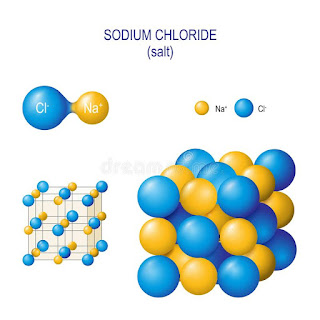Michelle Obama decided to focus on this during her husband's first term in office. Commercials on TV flash "healthy" snacks, exercise programs (P90X anyone?) and diet plans. McDonalds started posting calorie information for its food, before even the requirements of Obamacare make it legally necessary. And now The Economist provides us with a 14-page special report about something that expands so far beyond America it really is a world-wide epidemic. What is this problem? It is obesity.
Two-thirds of Americans are overweight- this means with a BMI over 25. As imperfect as the BMI measurement is, it is currently the accepted measure of whether or not someone is considered ideal weight, overweight or obese. But the problem is not just American; it spans Europe, the Pacific Islands and even China. It seems to be a worldwide trend that the girth of all continues to expand. And sometimes the methods we choose to combat the problem are simply outward motions to mask the real priorities and economic advantages of promoting a lifestyle and diet that perpetuate the problem.
Our natural hormonal impulses controlling hunger worked in the ancient cavemen societies. People basically ate until no more food was available. This was a good thing because nobody knew exactly when the next big meal might be available. However, in an age of super-size me drinks, fast-food on-the-run, and endless fatty, sugary snacks around every corner, traditional hunger control methods don't seem as effective. Our leptin (fullness hormone), and rhelin levels (hunger signals) have been rewired to fight against weight loss. Because once the body gains weight, our hormone levels are actually conditioned to maintain that weight.
This affects poorer people more than the wealthy who have access to more expensive foods, fancier gyms, and other resources for maintaining health and weight. For the less affluent, readily available and cheap junk food adds calories on top of an otherwise high-stress, low income, lesser educated lifestyle. For these reasons, poor people develop obesity in much higher numbers than their rich colleagues.
Many efforts to treat obesity medically have failed. Numerous medications have circulated through the market and failed, including the infamous Fen-Phen made by Wyeth in the 90s. Effective medications seem to have side effects that outweigh (pun intended) the benefits of the drug. Whether its heart problems, gastrointestinal issues, or the central nervous system acting up, the ideal drug is yet to be discovered and developed. And on top of it all is the cost to the consumer. Most of the drugs are prohibitively expensive- without a foolproof guarantee of success. The consumer still has to follow a regimen of diet and exercise- which circles back to the original problem that caused obesity in the first place- an inability to balance, control and maintain a healthy balance of exercise, diet and proper lifestyle. Of course bariatric surgery is always an option for the grossly obese. As stated in The Economist, Edward Livingston, bariatric surgeon and an editor at JAMA thinks the surgery needs more research before being expanded to the general population.
The heart of the problem seems to be tied to a conflict about what kind of food people really want to eat. Unhealthy foods bring in the most profits for food companies, yet none of them want to be touted as the culprit of the obesity epidemic. Who can blame them for selling products that make money? In the past decade, the sale of packaged food jumped 92% and sale of soft drinks doubled. Disturbing? I think it is more puzzling as the same people consuming these foods also crave diets and access to health foods.
Yum! Brands' chief nutrition officer said, "Consumers say they want to eat healthy, but their behavior tends to be slightly different."
This leads into a discussion of public policy about food and how to properly regulate, or not regulate people's intake of different foods. Is taxing soda the answer? New York tried this and it failed miserably.One other approach would be to limit the size of a soft drink available for purchase. The "nudge" approach seems to be the technique of choice for politicians. They want to make the healthier alternative more attractive and easier than the unhealthy choice. One way to do this is to make exercise easier- improve access for pedestrians to encourage walking. Require calories be provided on public menus, modify menus in school cafeterias, and find other policies that gently guide residents to make the right food choices. Until it becomes clearer what the truly effective changes are, the small nudges are the approach of choice for lawmakers.
Until we have more information about how to successfully motivate people to change their lifestyles and backing from both pharmaceutical and food companies to support these changes, this problem will remain complex. The possibilities are endless for solutions- now the question is just HOW?









